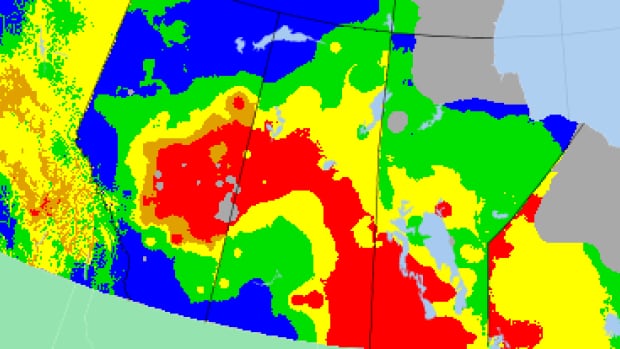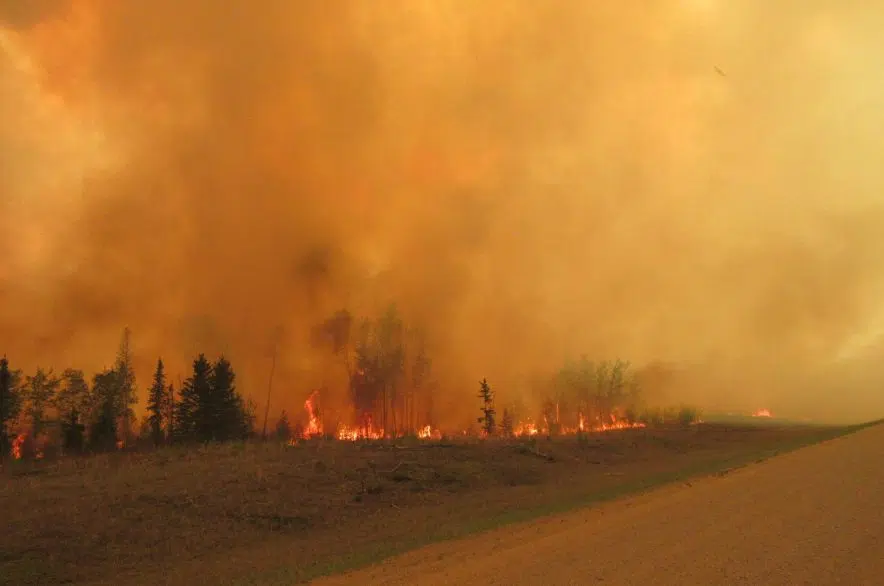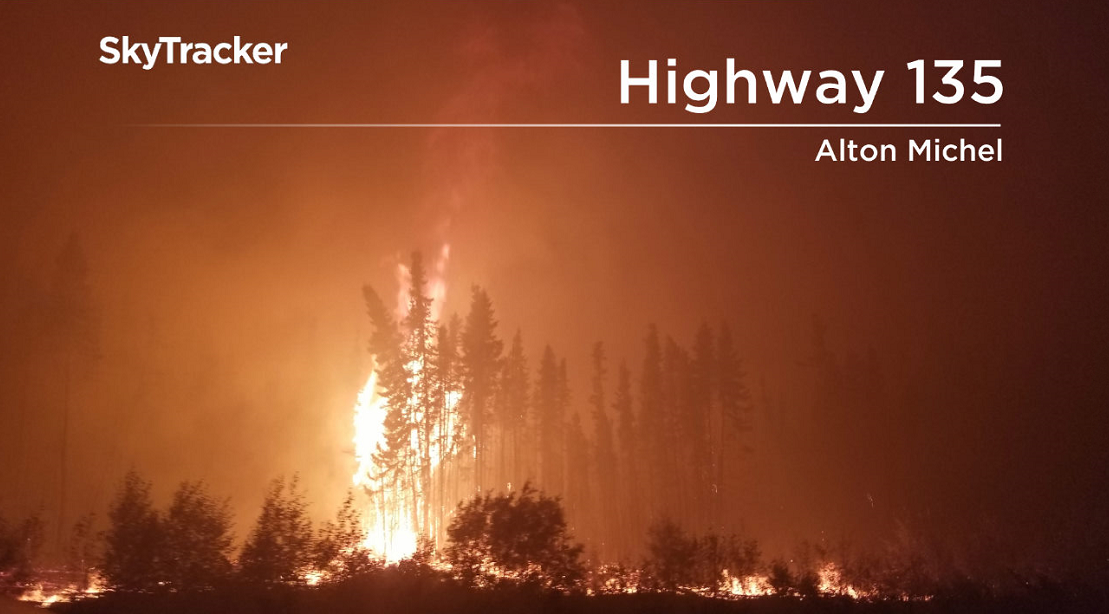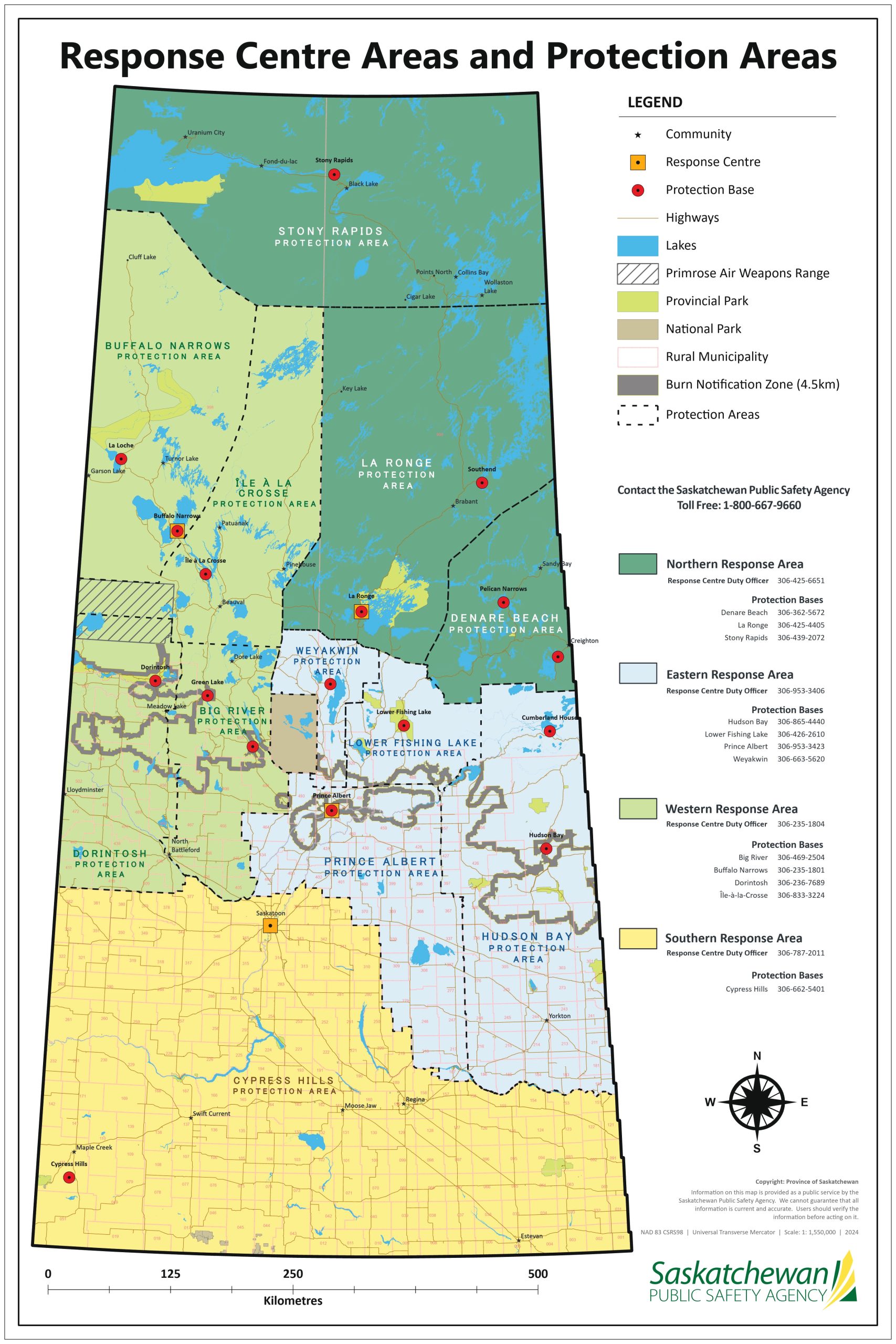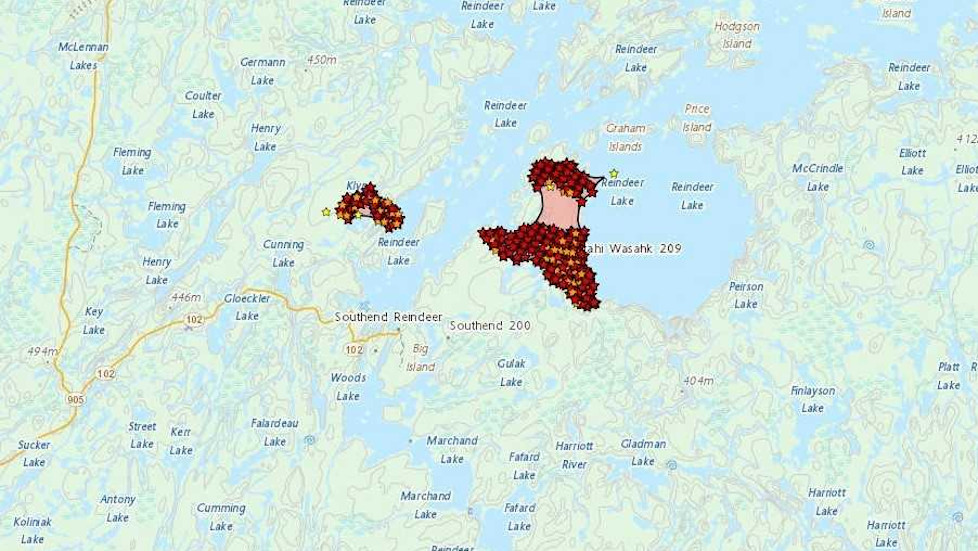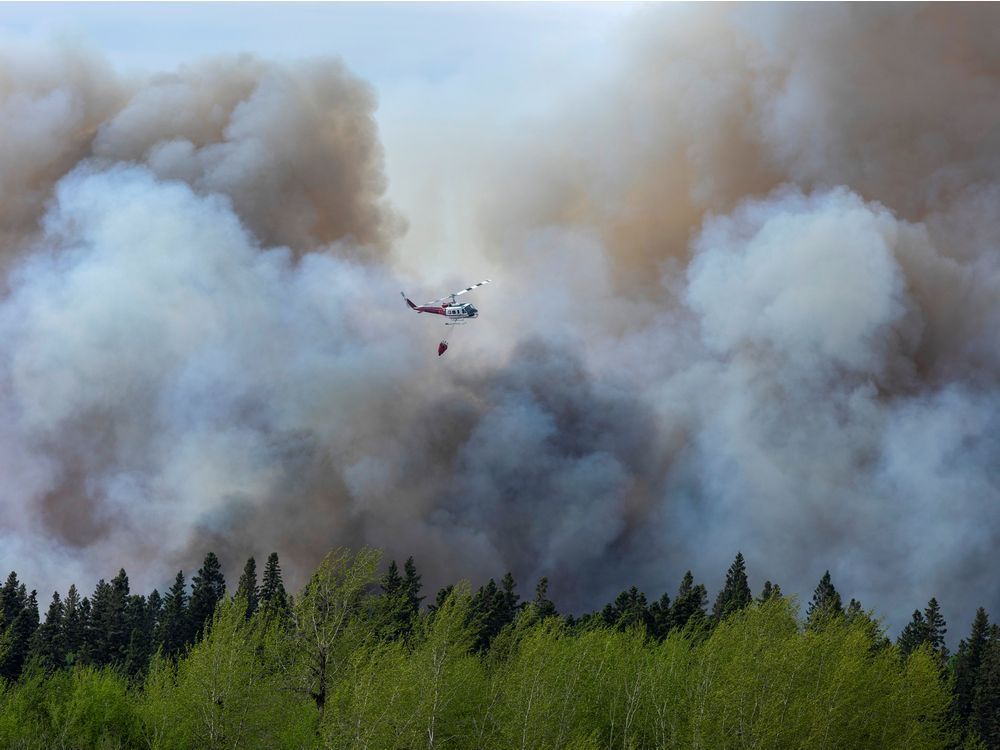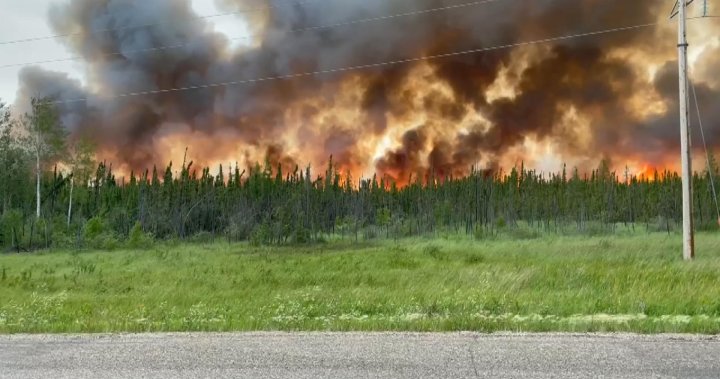Eastern Northern Saskatchewan Wildfires Emergency Resources

Communities in eastern northern Saskatchewan are facing a heightened state of alert as a surge in wildfires prompts evacuations and stretches emergency resources thin. The Saskatchewan Public Safety Agency (SPSA) is actively battling numerous blazes threatening infrastructure and displacing residents across the region.
This developing situation underscores the growing challenge of wildfire management in a province increasingly vulnerable to the impacts of climate change. The SPSA is coordinating efforts with local First Nations communities, municipalities, and the federal government to mitigate the immediate threat and provide support to those affected.
As of this morning, several communities are under evacuation orders or alerts, including Southend, Pelican Narrows, and Sandy Bay. Approximately 2,000 residents have been displaced and are receiving assistance in designated reception centers in Prince Albert and Saskatoon.
Key Details of the Wildfire Emergency
The primary cause of the wildfire surge is attributed to a combination of factors: prolonged dry conditions, high temperatures, and strong winds. Lightning strikes are suspected to have ignited many of the initial fires, which then spread rapidly due to the conducive weather.
Currently, over 100 active wildfires are burning across Saskatchewan, with a significant concentration in the eastern northern region. The SPSA reports that several of these fires are classified as "out of control," posing a direct threat to communities and critical infrastructure.
The "Precipice Fire," located near Southend, is one of the most concerning blazes. It has already consumed thousands of hectares and continues to grow, driven by strong easterly winds.
The SPSA is prioritizing the protection of human life and critical infrastructure, including power lines and communication towers. Fire suppression efforts are focused on establishing firebreaks and using aerial water bombing to contain the spread of the flames.
Emergency Resources and Response
The Saskatchewan government has mobilized a wide range of resources to combat the wildfires. This includes deploying firefighters, aircraft, and heavy equipment to the affected areas.
The SPSA has also requested assistance from the federal government, which has provided additional personnel and equipment, including aircraft from other provinces. The Canadian Rangers are also assisting with evacuation efforts and providing support to remote communities.
Several organizations are providing support to evacuees, including the Canadian Red Cross, which is offering shelter, food, and other essential services. Local First Nations communities are also playing a crucial role in providing assistance to their members.
Challenges and Concerns
Despite the extensive response efforts, several challenges remain. The remote location of many of the fires makes access difficult, hindering suppression efforts.
Strong winds and dry conditions continue to fuel the flames, making it challenging to contain the fires. The potential for new fires to ignite remains high, further straining resources.
Concerns are also growing about the long-term impacts of the wildfires on the environment and the economy. The loss of timber resources and the damage to ecosystems will have significant consequences for the region.
"Our priority is the safety of our residents," said Scott Moe, Premier of Saskatchewan, in a press conference. "We are working closely with the SPSA and local communities to provide all necessary support."
The Premier also emphasized the importance of adhering to fire bans and taking precautions to prevent new fires from starting.
Human-Interest Angle
Among those displaced is Mary Cardinal, an elder from Pelican Narrows, who was evacuated from her home last week. She expressed her gratitude for the support she has received, but also her deep concern for her community.
"It's heartbreaking to see our homes and our land threatened by these fires," Cardinal said. "We are strong people, but we need help to get through this."
Stories like Mary Cardinal's highlight the human cost of the wildfires and the resilience of the communities affected. They also underscore the importance of providing ongoing support to those who have been displaced.
Looking Ahead
The wildfire situation in eastern northern Saskatchewan remains dynamic and unpredictable. The SPSA is closely monitoring the situation and adjusting its response as needed.
The long-term outlook depends on weather conditions. Significant rainfall is needed to dampen the dry vegetation and help contain the fires.
In the meantime, residents are urged to stay informed and follow the instructions of local authorities. The SPSA website and local media outlets are providing regular updates on the wildfire situation.
The current crisis underscores the need for proactive measures to mitigate the risk of future wildfires. This includes investing in fire prevention and suppression efforts, as well as addressing the underlying causes of climate change.
The resilience of the affected communities will be crucial in overcoming this challenge. With continued support and collaboration, they can rebuild their lives and protect their future.
